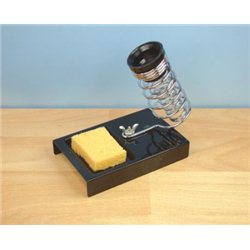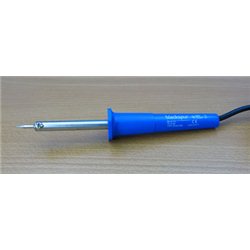Yes, it is highly recommended that modellers should use a surge protector on their DCC layouts. This is because all...
No products
Product successfully added to your shopping cart
There are 0 items in your cart. There is 1 item in your cart.
Search Tips
Christmas and New Year
We are dispatching orders every weekday apart from Christmas Day, Boxing Day and New Year's Day.
If you order is time critical, select next day delivery at checkout.
The shop in Sandown is closed from 25th December, reopening on 30th December.
How powerful a soldering iron do I need?
Soldering irons are a little bit like the children's story "Goldilocks and the three bears": some are too hot, some are too cold and some are just right, but which is which when it comes to modelling and why?
An entry-level soldering iron will be rated at around 15-20 watts, this is about as basic as it gets and the price-tag will reflect this. Soldering irons in this range are intended for soldering a few wires together, a toolbox must-have if you like for the occasional DIY project, it will get hot enough to melt solder (around 180 degrees centigrade), but, it will take its time and that could become tiresome if you are planning to do a lot of soldering during the construction of your layout.
The next level up soldering iron is rated at around 30 watts, these tools are more powerful and desirable if soldering is to become a regular occurrence. The biggest advantage of these more powerful irons is that they are more effective at heating surfaces quickly and evenly which will create a better join.
The ultimate in soldering irons will have thermostatic control, this will not only allow you to undertake regular soldering tasks, but also more advanced projects such as the construction of white-metal kits (which require a special low-temperature solder to avoid melting the kit) or higher temperature projects involving copper.
For most modellers though, a good quality mid-range soldering iron (30 Watts) will provide you with everything that you need to successfully wire your track, signals and lights.
Click here to receive the tips weekly in your mailbox. You can unsubscribe at any time.










